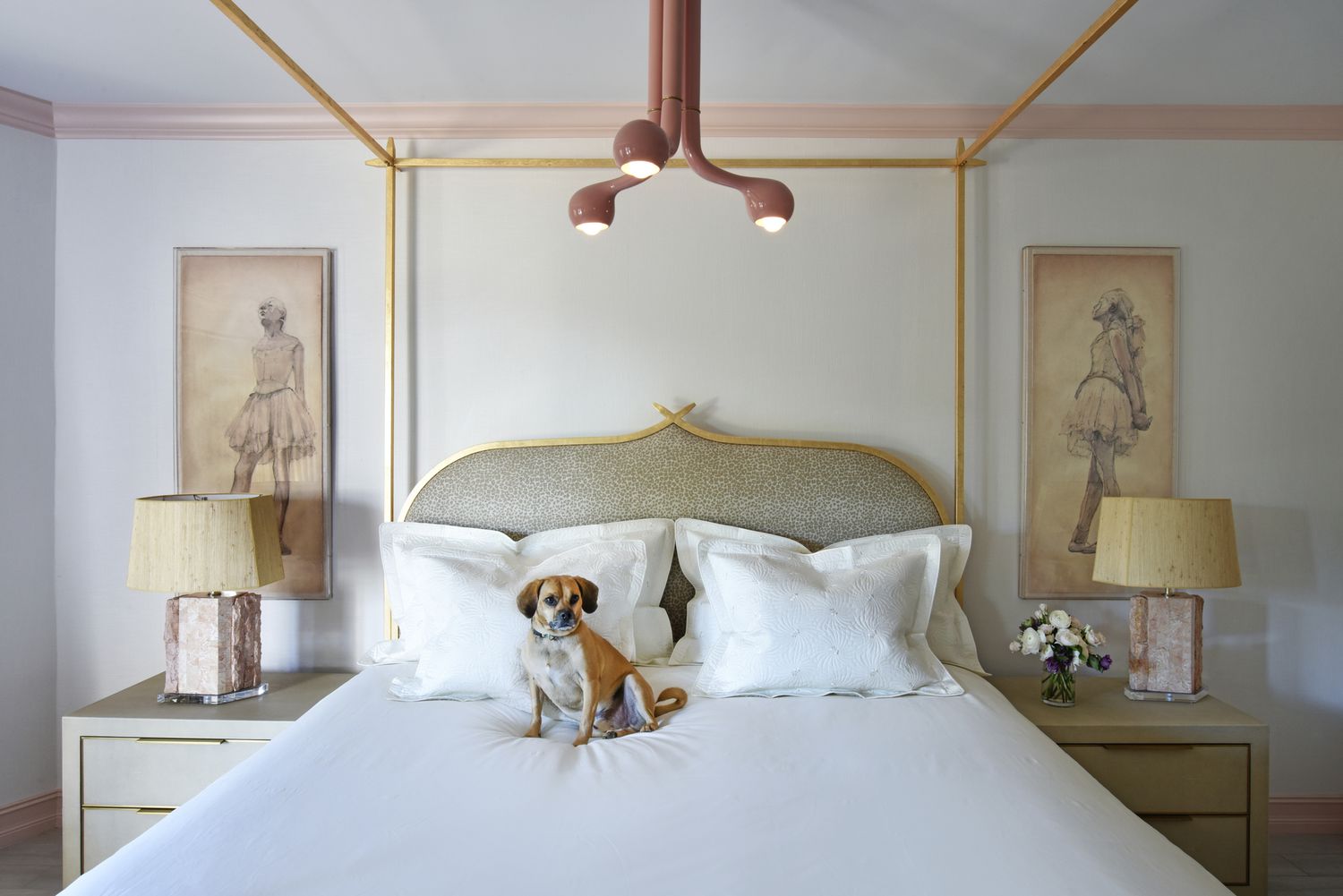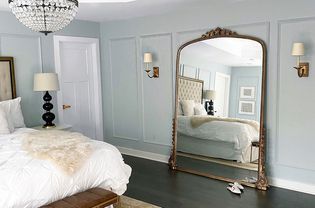Retro style is making a major comeback and is especially popular among millennials. We spoke with designers who reflected on the style's origins and key elements and also offered advice for those looking to incorporate retro pieces into their own homes. The key? Not going overboard with retro items and mixing and matching finds from other eras, too.
Meet the Expert
- Eleanor Trepte is a designer and co-owner of Dekay and Tate Interiors
- Jonathan Rachman is a renown designer and owner of Jonathan Rachman Design.
- Blima Ehrentreu is founder and CEO of The Designers Group.
- Alessandra Wood is the VP of Style at Modsy.
Origins
If you associate retro style with the Mad Men era, you're on the right track. Primarily, retro style "refers widely to the mid-century time frame, where we saw a lot of distinct styles come forth in colors, patterns, furniture and decor," explains designer Eleanor Trepte. "Original retro style is rooted in the color and design ethos of the '60s and '70s, but faded away in the '80s through early aughts as other, more contemporary design styles came into favor."
However, this is not solely the case, designer Jonathan Rachman notes. "While a mid century modern interior may be a type of retro style, it is not always," he says. Rather, retro style interiors may also reflect influences of art deco, Rococo style, or other design elements of the past, he explains.
:max_bytes(150000):strip_icc()/KTaA4qMg-6965a4bb042442a980a39045ff90bd4d.jpeg)
Key Characteristics
As noted, mid century modern furniture is one hallmark of retro style, specifically with regard to pieces that are curved or angled and feature either bold hues or metals like chrome, Trepte says.
Retro style is also known for the use of particular hues—"think about avocado green or psychedelic colors," Rachman notes. Other popular retro colors include mustard yellow, orange, and cherry red, says Trepte. And don't forget about pattern and texture galore, she adds, citing bold wallpaper and shag rugs as key examples.
:max_bytes(150000):strip_icc()/M3LvEc2Q-50164f2bb1da47f6929275fdbc13d011.jpeg)
Decorating Tips
Rachman advises those designing a retro style space to practice moderation. "Unless you are trying to do a movie or theater set to be historically accurate, please don’t take the retro style into a level that it becomes theatrical," he states. Rather, "Plan and scheme your design based on either a furniture or light fixture or wallpaper from a certain era, then build your design from that one inspiration."
And don't worry about paying homage to solely one particular era, Rachman adds. " It is absolutely ok to use a mid-century inspired bucket swivel chair in a grand drawing room with classic chinoiserie pattern from the 18th century and combining them with a console from the 21st century!"
Trepte agrees. "For instance, we love mid century modern sofas or chairs in bold colors, but then counteract that with sleek hardwood or carpet, a contemporary coffee table and white walls," she says. "It is all about balance when it comes to retro style."
:max_bytes(150000):strip_icc()/2-cb582525491e46a8b279c8a9975af983.jpeg)
K Hayden Rafferty for Dekay and Tate
Elements of The Style's Recent Revival
Retro style may be particularly popular among millennials, notes Alessandra Wood, VP of Style at Modsy. "Just as Gen X found nostalgia in the mid-century designs their grandparents coveted, millennials may be finding a similar sense of nostalgia in familiar, classic designs," she explains. "This style feels attainable and under the radar, so these antiques are often a deal—especially considering their build quality and the inherent sustainability factor of buying secondhand." And there are monetary benefits to going this route, too, Wood notes. "For young professionals, buying these old pieces is a great way to make their budget go further while purchasing something that will last a lifetime."
And these discarded pieces are now seen as special and intentional, designer Blima Ehrentreu says. "Now we're seeing millennials especially leaning into retro design for their entire spaces, not just one or two decor pieces," she notes. "Furniture or decor that may once have been overlooked as outdated or tacky in a thrift store now works in a space that is meant to look retro."
Rachman believes that retro style never truly went away; it has simply become more prevalent due to the rise of technology. "Every century, and decade within the century, we have always mixed interiors, borrowing from the past, mixed in the present," he explains. Rather, "The internet and social media have exposed the retro style exponentially compared to when we had to wait for monthly magazine or a few TV shows limited to certain countries."



